In an age dominated by high-speed air travel and airport stress, the ferry offers a profoundly restorative alternative: a return to the golden age of “slow travel.” The journey itself becomes an integral part of the holiday, offering a rare opportunity to decompress on the open water before arriving refreshed and ready to explore. Leaving the British coast in the evening and waking up to the dawn over a European harbour—be it the granite ramparts of Saint-Malo or the bustling port of Rotterdam—holds a romance and simplicity that flying cannot match. From the rugged cliffs of Northern Spain to the winding canals of the Netherlands and the gourmet coastal havens of France, these sea-borne routes, championed by seasoned travellers, prove that the least stressful way to reach the continent remains the most rewarding.
The Journey as the Destination: North Sea and Bay of Biscay
The appeal of the ferry break lies precisely in its unhurried pace. Routes like the long crossing from Portsmouth or Plymouth to Northern Spain—a journey of twenty to thirty hours—demand a surrender to the sea. This extended time on the water forces a necessary deceleration, replacing the anxious rush of airport security with the rhythm of the ocean. Passengers find themselves with ample time to relax, dine, and socialise, enjoying the ship’s amenities while the kilometres quietly disappear beneath the keel.
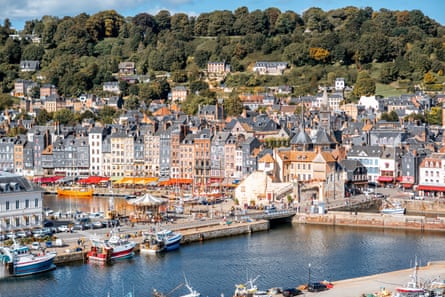
For many, the most thrilling aspect of the long sea crossings is the opportunity for nature spotting. The voyage across the notorious but beautiful Bay of Biscay, for instance, often rewards patience with sightings of majestic whales and playful pods of dolphins tracing the ship’s wake. The day-and-a-half journey culminates not in the crowded chaos of a budget airline terminal, but with the majestic sight of the Spanish coast rising to meet the dawn, creating a powerful sense of arrival.
Similarly, the overnight sailings across the North Sea, such as the Hull to Rotterdam or Harwich to Hook of Holland routes, are championed as a more peaceful and efficient alternative to high-speed rail or short-haul flights. The ability to board a cabin in the evening and wake up minutes from a European city, bypassing the prolonged border and security processes of air and rail travel, provides a calm, hassle-free transition. For families, the ferry can also be a surprisingly cost-effective solution, allowing the transport of a car and camping equipment, avoiding the combined expenses of flights and airport hotels.
The Rugged Allure of Northern Spain
The long sea voyage to Spain’s northern coast, landing in either Santander or Bilbao, delivers travellers into a region of dramatic, rugged beauty often compared to the cliffs of Cornwall, but with a sunnier, distinctly Spanish temperament. After the expansive blue of the Bay of Biscay, the sight of the Cantabrian coastline, with its crashing waves and rugged terrain, feels instantly invigorating. Santander, in particular, charms visitors with its wide, golden-sand city beaches and fantastic local cuisine, all while maintaining a remarkably authentic, non-touristy atmosphere.
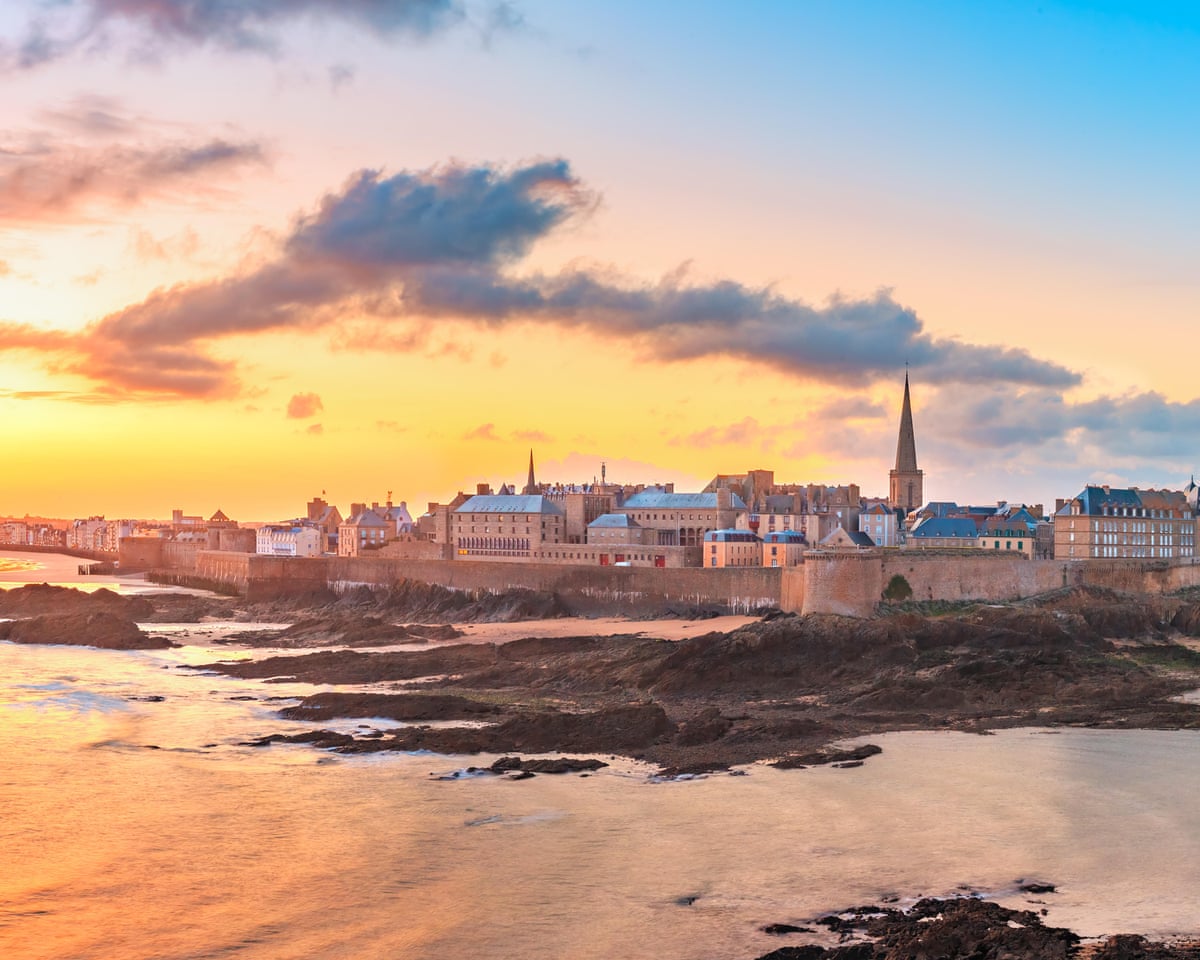
This part of Spain is a haven for the outdoor enthusiast and the historically curious. From Santander, the impressive Picos de Europa national park is within easy reach, offering spectacular mountain scenery and endless hiking opportunities. Equally accessible are prehistoric treasures like the El Castillo cave paintings, providing a deep dive into the region’s ancient past. The proximity of such diverse natural and cultural landmarks makes it an ideal destination for a break that balances urban exploration with wild adventure.
A short journey from Santander lies Bilbao, a city that perfectly blends its industrial past with a future-forward, artistic vibrancy. While the Guggenheim Museum is an obvious, essential draw, the city’s heart lies in its atmospheric old town, where the ritual of pintxos hopping is a mandatory cultural experience. Beyond the well-trodden tourist path, a worthwhile adventure is a boat trip up the Nervión River, where one can witness the city’s impressive urban regeneration efforts juxtaposed against powerful, stark reminders of its industrial heritage. For those travelling from the UK, starting the trip at an alternative port, perhaps even incorporating a short hop to Ireland before the long-haul Spanish crossing, can further streamline the journey and enhance the sense of true sea-faring travel.
Brittany’s Sunrise and Ancient Harbours
The appeal of a break to Brittany lies in its immediate proximity and its distinctly French flavour, reached overnight from British ports like Portsmouth or Plymouth. The ferry to Saint-Malo is a particular favourite, offering the magical experience of waking up to the sun cresting over the ancient, walled city. This sense of immediate immersion is enhanced by the proximity of charming local amenities, such as the exceptional boulangerie found early in the morning in Roscoff, right off the ferry, ready to supply the first perfect French breakfast.
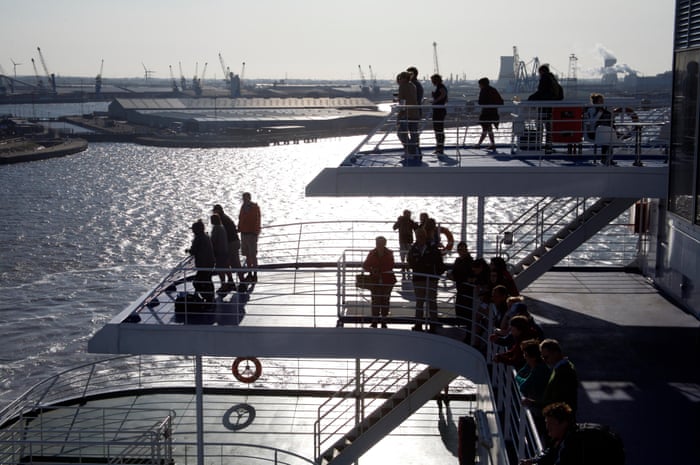
From these ancient harbour towns, the coastal scenery is breathtaking. Near Saint-Malo, the scenic coastal path winds through thick woodlands and offers access to secluded coves and clear water for invigorating swims. The region also offers unexpected culinary delights; travellers have stumbled upon hidden, laid-back spots along the estuary, serving what have been described as simply the best chips in France. The Roscoff crossing provides access to a coastline dotted with historic sites, including the Morlaix viaduct and the astonishing Barnenez burial cairn, one of the oldest and largest megalithic tombs in Europe, offering panoramic views of the rugged coast.
The Breton experience is one of charming old towns, fantastic museums, and the pervasive culinary influence of the region, celebrated in its many creperies and excellent local markets, such as those found in nearby Carantec. It is a region that rewards driving a short distance to the southeast of the main ferry ports, revealing a world of ancient stone structures, stunning coastal scenery, and a culture fiercely proud of its unique heritage, all within an easy night’s reach of the UK.
The Belle Époque and Gourmet Charms of Normandy
Normandy, easily accessed via crossings to Le Havre, Dieppe, or Caen, represents a rich mosaic of history, culture, and supreme gastronomy. A short drive from the ports takes travellers to picturesque spots like Honfleur, a charming small city overlooking the mighty River Seine where it empties into the English Channel. The region is a gourmet traveller’s dream, particularly for those who time their visit to coincide with a city-wide market.
Imagine a Saturday spent entirely at the local market: sampling the freshest oysters shucked before your eyes, tasting local Camembert and Pont-l’Évêque cheeses, and sipping crisp, juicy Normandy cider, fizzing with the flavour of local apples. This culinary richness is matched by the region’s architectural elegance. Deauville, a short drive from the Caen crossing, is an elegant, chic resort, often likened to the French Riviera but without the hassle of a long journey.
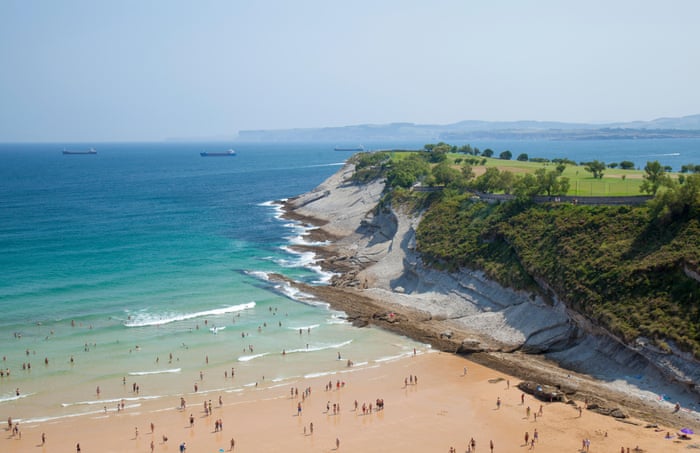
Deauville embodies the sophistication of the belle époque, with stylish buildings serving as a backdrop to the long, soft sandy beach. Its famous boardwalk is lined with art deco cabins named after movie stars, where locals and visitors alike stroll with parasols, creating a scene reminiscent of a gentle Renoir painting. Beyond the resorts, cities like Le Havre offer a different kind of cultural interest, with its incredible, UNESCO-recognised modernist architecture, alongside great shopping and seafood restaurants. For the adventurous, catching a Ligue 1 football match in Le Havre, where the fans create a fantastic atmosphere, provides an unexpected cultural thrill, revealing the depth and passion of French provincial life.
The Pedal Power of the Low Countries
For travellers seeking a sustainable, active, and car-free break, the Netherlands crossings are unparalleled. The overnight ferries from Hull or Harwich deliver passengers directly into a country built for cycling. The cost of a ferry, even with a cabin and a car, is often offset by avoiding multiple flight costs and the opportunity for affordable accommodation, such as setting up camp in a private tent near beautiful dune landscapes. The cycling infrastructure here is world-class, making it easy to rent any possible combination of bicycle and immediately set off exploring.
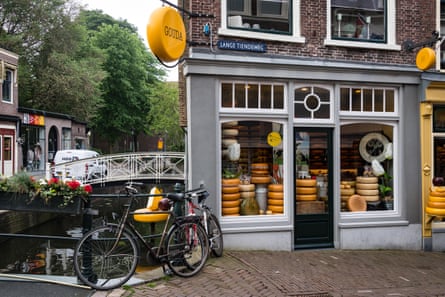
The destinations beyond the main ports are charming and incredibly accessible via efficient Dutch public transport. Leiden, situated strategically between the Hook of Holland and Amsterdam, is a superb destination often described as a “mini-Amsterdam,” offering all the charm of the capital—canals, historic architecture, and great places to eat—but on a smaller, more manageable scale. The large student population ensures a pleasant, year-round buzz, and the historic town centre, which is mostly pedestrianised, is home to a fantastic Saturday market along the canals.
Other areas are perfect for families, such as the holiday parks near the Hook of Holland, which feature indoor pools, playgrounds, and watersports on local lakes. These areas are also just a short bike ride or bus journey from historic towns like Gouda, famous worldwide for its cheese but equally known for its charming town market and as the birthplace of the decadent stroopwafel. The efficiency of the rail links allows travellers arriving from the UK to quickly transition from ferry to train, providing seamless onward travel throughout the Netherlands or even direct connections to major European hubs.




